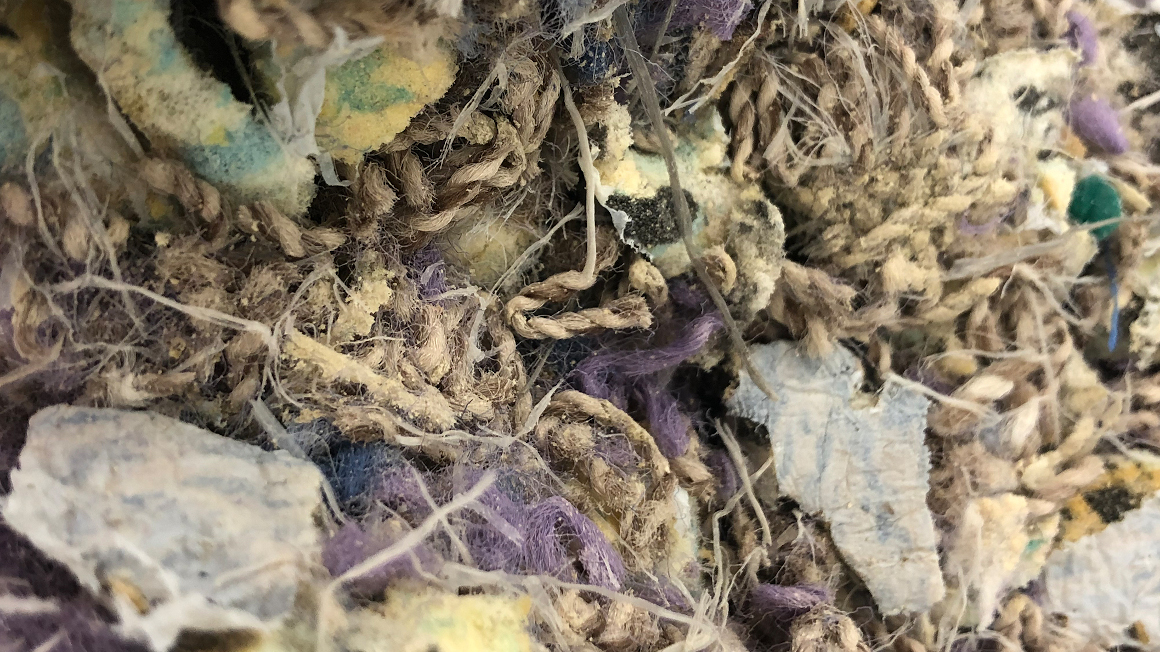Recycling raw materials from carpet waste
By using a novel solvent, the petroleum-based raw material polypropylene could be recovered from carpet waste for the first time - and in the highest quality.

One focus of the German sustainability strategy is the optimal use of raw materials in the sense of the circular economy. This includes the recovery of plastics made from fossil raw materials such as polypropylene (PP). Polypropylene contains the finite resource petroleum and is the second most important plastic of all. It is used primarily for packaging, but also in electronics and automotive engineering. However, PP is also a component of products such as carpets, which are made of composite materials and are difficult to recycle. As part of the EU project ISOPREP, a consortium including researchers at the Fraunhofer Institute for Building Physics IBP has developed an innovative process for recycling PP. The researchers' work was funded by the European Union as part of the Horizon 2020 research and innovation program.
Ionic liquid selects polypropylene
Around 1.6 million tons of carpet waste are generated each year in the European Union alone. Most of it is burned because carpets are made of composite materials - including polypropylene. In the EU project, carpet scraps were used that are one-quarter PP. At the core of the novel process is a special solvent - an ionic liquid that can dissolve polypropylene out of the pre-treated carpet remnants. "With this, polypropylene can be recovered from carpet waste for the first time - and in primary quality," says Maike Illner, a scientist at Fraunhofer IBP. In a reactor, the previously shredded and cleaned carpet waste was treated with the solvent, separating the PP particles from other components such as dyes or additives.
Pilot plant planned
PP recycling is already working on a larger laboratory scale. A pilot plant is now to be built by the end of March 2022, which will recycle one ton of carpet waste per day. What's special: The recovered polypropylene can compete in quality with the fossil raw material and is therefore also suitable for high-value applications. However, in order to compete with the original in terms of cost, the ionic liquid, which is still quite expensive, must be recycled to the greatest possible extent.
Fraunhofer IBP is focusing on the ecology of carpet recycling. The team has calculated the amounts of material and energy needed for the process and how much product comes out again. "If the loss rates are one percent or less, the process has the potential to compete with new polypropylene production in terms of costs," Illner summarizes.
The new process allows the polypropylene to be separated not only from other materials, but also from added dyes and additives, and could thus be available for other high-value applications.
bb


